-
 Bitcoin
Bitcoin $82,480.7409
-0.17% -
 Ethereum
Ethereum $1,761.8148
-1.29% -
 Tether USDt
Tether USDt $0.9992
-0.03% -
 XRP
XRP $2.0760
-2.34% -
 BNB
BNB $580.1097
-2.07% -
 USDC
USDC $0.9996
-0.04% -
 Solana
Solana $114.9273
-2.16% -
 Dogecoin
Dogecoin $0.1617
-3.26% -
 TRON
TRON $0.2394
0.23% -
 Cardano
Cardano $0.6249
-3.65% -
 UNUS SED LEO
UNUS SED LEO $9.0482
0.82% -
 Toncoin
Toncoin $3.3046
2.09% -
 Chainlink
Chainlink $12.2251
-3.18% -
 Stellar
Stellar $0.2510
-0.53% -
 Avalanche
Avalanche $17.1136
-4.11% -
 Shiba Inu
Shiba Inu $0.0...01188
-1.90% -
 Sui
Sui $2.0890
-4.58% -
 Hedera
Hedera $0.1546
-3.19% -
 Polkadot
Polkadot $3.8856
-0.65% -
 MANTRA
MANTRA $6.1711
-1.42% -
 Litecoin
Litecoin $78.7845
-4.33% -
 Bitcoin Cash
Bitcoin Cash $293.9171
-1.27% -
 Dai
Dai $1.0000
-0.02% -
 Bitget Token
Bitget Token $4.3417
-2.11% -
 Ethena USDe
Ethena USDe $0.9989
-0.01% -
 Pi
Pi $0.6205
-3.81% -
 Monero
Monero $211.2979
-2.19% -
 Hyperliquid
Hyperliquid $11.3176
-1.41% -
 Uniswap
Uniswap $5.6110
-3.44% -
 OKB
OKB $53.7230
6.42%
How does NFT Economic Impact create new revenue models?
NFTs generate diverse revenue streams: direct sales, fractional ownership, metaverse rentals, play-to-earn games, ongoing royalties, and DAO memberships, revolutionizing creator economics and investment models.
Mar 04, 2025 at 09:06 am
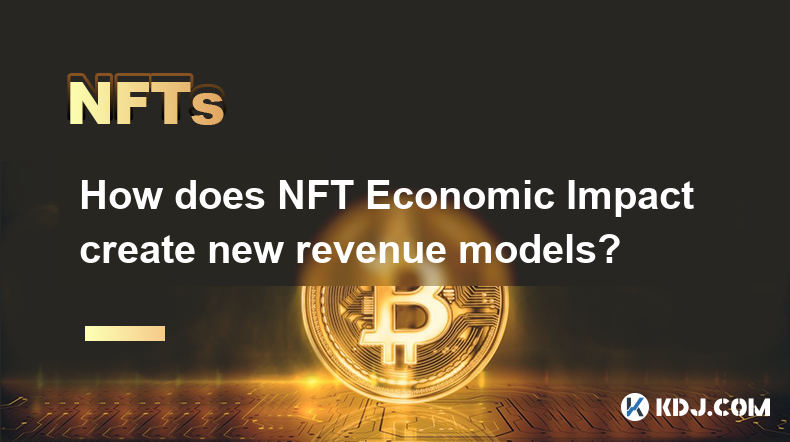
Key Points:
- NFTs offer creators new revenue streams beyond initial sales.
- Fractionalization allows for wider ownership and increased liquidity.
- Metaverse integration creates opportunities for in-world asset sales and rentals.
- Play-to-earn games generate income through in-game NFT ownership and trading.
- NFT royalties provide ongoing passive income for creators.
- Collectibles and digital art markets expand beyond traditional avenues.
- Decentralized Autonomous Organizations (DAOs) leverage NFTs for membership and governance.
- Tokenized real-world assets unlock new investment and financing opportunities.
How does NFT Economic Impact create new revenue models?
The rise of Non-Fungible Tokens (NFTs) has significantly disrupted traditional economic models, particularly within the digital realm. NFTs, representing unique digital assets, have unlocked numerous innovative revenue streams for creators, businesses, and investors alike. This article will explore the various ways NFTs are creating new economic models and generating revenue.
One of the most significant impacts of NFTs is the creation of new revenue models for digital creators. Previously, artists and content creators often relied heavily on intermediary platforms, facing significant limitations on their earnings. NFTs empower creators to sell their digital works directly to buyers, bypassing these intermediaries and retaining a larger share of the profits. This direct-to-consumer approach allows for a more equitable distribution of revenue.
Furthermore, the concept of fractionalized NFTs has opened up new possibilities. This allows for high-value NFTs to be broken down into smaller, more affordable units, making them accessible to a wider audience. This increased liquidity generates greater revenue opportunities for both creators and early investors who can sell their fractions. The overall value of the NFT is preserved, while increasing the market size.
The integration of NFTs with the metaverse has also created exciting new revenue streams. Within virtual worlds, NFTs can represent virtual real estate, in-game items, and even avatars. Owners can rent out their virtual properties, lease in-game items, or even charge for access to exclusive virtual experiences. This generates a continuous flow of income for NFT holders.
Play-to-earn (P2E) games have further revolutionized the gaming industry and revenue models. These games allow players to earn cryptocurrency and NFTs by playing, creating a unique economic incentive. Players can purchase and trade NFTs representing in-game items or characters, generating revenue for both the game developers and the players themselves. This model fosters a vibrant in-game economy.
Beyond initial sales, many NFT platforms incorporate royalty mechanisms. Whenever an NFT is resold on the marketplace, the original creator receives a percentage of the sale price. This ongoing passive income stream provides a significant financial advantage over traditional models where revenue is limited to the initial sale. This incentivizes creators to produce high-quality work, knowing they will continue to benefit from its success.
The NFT market extends beyond digital art and gaming. Collectibles, virtual fashion, and even digital identity verification systems are leveraging NFTs. These applications create new revenue streams for companies and individuals in previously unexplored areas, such as exclusive digital memberships or personalized virtual experiences.
Decentralized Autonomous Organizations (DAOs) are using NFTs to manage membership and governance. Owning a specific NFT can grant access to exclusive DAO benefits, including voting rights and access to shared resources. This model creates a new revenue stream for the DAO itself, through membership fees or the sale of governance tokens.
Tokenizing real-world assets, such as real estate or art, is another emerging application of NFTs. This allows for fractional ownership and facilitates easier trading of these assets, creating new revenue opportunities for investors and asset owners. This increased liquidity can unlock significant capital for projects or individuals.
The economic impact of NFTs is still evolving, but it is clear that they are creating entirely new revenue models across various industries. These models are empowering creators, fostering innovation, and creating new opportunities for investment and engagement.
Frequently Asked Questions:
Q: What are the risks associated with investing in NFTs?
A: NFT markets are highly volatile, subject to rapid price swings. The value of an NFT can depend on various factors including market sentiment, utility, and scarcity. There is also a risk of scams and fraudulent NFTs. Thorough research and due diligence are crucial before investing.
Q: How can I create and sell my own NFTs?
A: Several platforms allow you to mint and sell NFTs. You'll need a digital wallet and cryptocurrency. The process usually involves uploading your digital asset, setting a price, and listing it for sale. Understanding the platform's fees and policies is essential.
Q: What are the legal and regulatory aspects of NFTs?
A: The legal framework surrounding NFTs is still developing. Issues like copyright, taxation, and consumer protection are yet to be fully addressed in many jurisdictions. It's important to stay updated on evolving regulations.
Q: How do NFT royalties work in practice?
A: Royalty percentages are typically set by the creator when minting the NFT. When the NFT is resold on a compatible marketplace, the platform automatically distributes the royalty payment to the creator's designated wallet. The percentage varies, but common rates are between 5% and 10%.
Q: What is the future of NFT revenue models?
A: The future of NFT revenue models is likely to involve greater integration with the metaverse, the expansion of P2E gaming, and the development of new use cases across diverse sectors. The increasing adoption of Web3 technologies will likely play a significant role in shaping the future of NFT-based revenue generation.
Disclaimer:info@kdj.com
The information provided is not trading advice. kdj.com does not assume any responsibility for any investments made based on the information provided in this article. Cryptocurrencies are highly volatile and it is highly recommended that you invest with caution after thorough research!
If you believe that the content used on this website infringes your copyright, please contact us immediately (info@kdj.com) and we will delete it promptly.
- Next-Gen Meme Coin Panshibi (SHIBI) Presale Event Promises Over 145,000% Growth at Launch
- 2025-04-07 00:10:13
- JetBolt (JBOLT) Makes Waves in the Crypto Landscape, Smashing $3.2M in Presale
- 2025-04-07 00:10:13
- Dogecoin (DOGE) Price Drops Below $0.17, Reversing Earlier Gains
- 2025-04-07 00:05:12
- This Shocking XRP Price Prediction Points to $27 by June 2! Solaxy Eyes Big April
- 2025-04-07 00:05:12
- This Week's Top Crypto News Could Drive Volatility for Some Tokens
- 2025-04-07 00:00:26
- Eric and Donald Trump Jr. Lead American Bitcoin Mining Launch
- 2025-04-07 00:00:26
Related knowledge
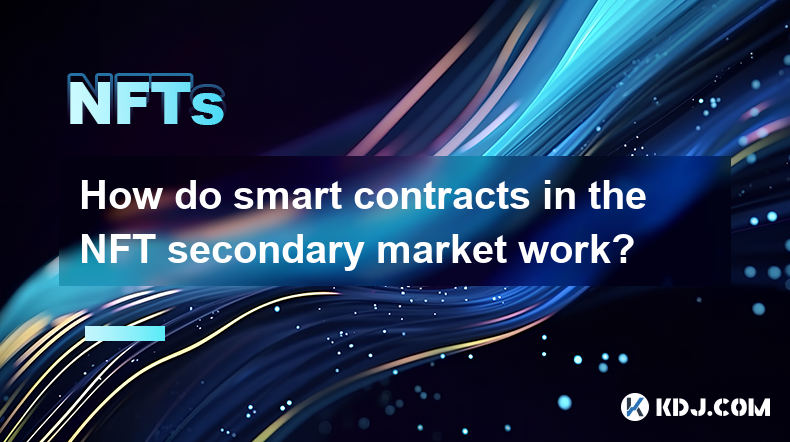
How do smart contracts in the NFT secondary market work?
Apr 03,2025 at 07:14am
Smart contracts play a pivotal role in the NFT secondary market, facilitating seamless transactions and enforcing predefined rules. These self-executing contracts with the terms of the agreement directly written into code are stored on the blockchain. In the context of NFTs, smart contracts automate the buying, selling, and transferring of digital asset...
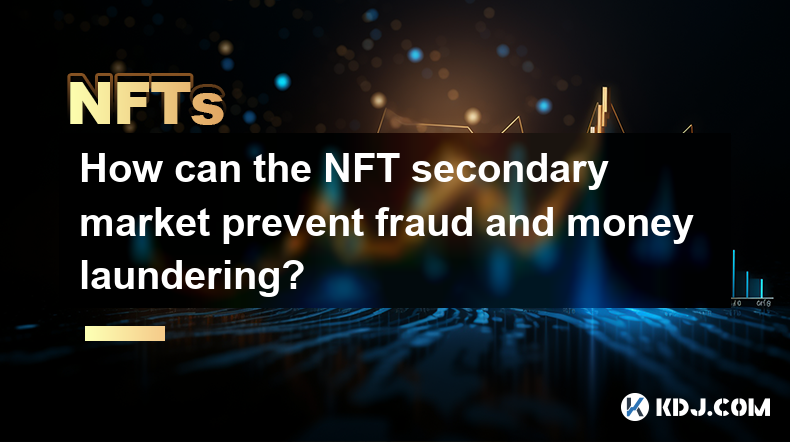
How can the NFT secondary market prevent fraud and money laundering?
Apr 03,2025 at 08:35am
The NFT secondary market has become a thriving hub for digital art and collectibles, but it also faces challenges in preventing fraud and money laundering. To tackle these issues, the market can implement various strategies and technologies to ensure a safer and more transparent trading environment. This article will explore how the NFT secondary market...

How are transaction fees in the NFT secondary market calculated?
Apr 04,2025 at 05:28am
The calculation of transaction fees in the NFT secondary market is a crucial aspect that both buyers and sellers need to understand. These fees can significantly impact the overall cost of transactions and the profits that sellers can make. In this article, we will delve into the various components that make up these fees, how they are calculated, and w...
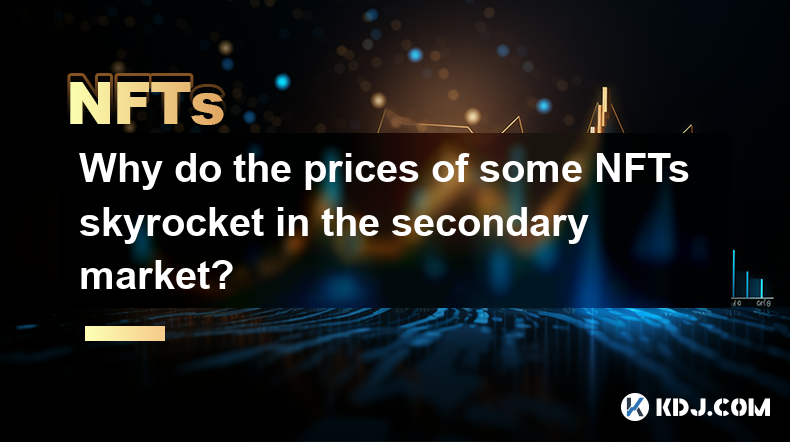
Why do the prices of some NFTs skyrocket in the secondary market?
Apr 06,2025 at 07:08am
The phenomenon of NFT prices skyrocketing in the secondary market is a fascinating aspect of the cryptocurrency and digital art world. Non-Fungible Tokens (NFTs) have taken the digital world by storm, and their value can surge dramatically after initial sales. Several factors contribute to this price surge, including rarity, demand, speculation, and the...
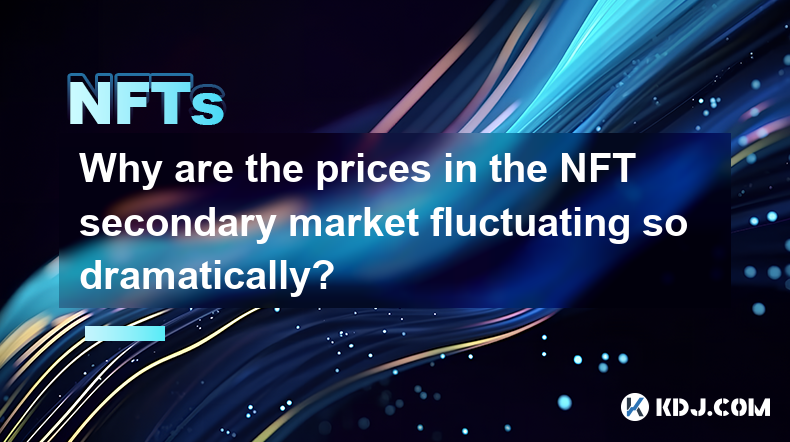
Why are the prices in the NFT secondary market fluctuating so dramatically?
Apr 03,2025 at 10:35pm
The NFT secondary market has been experiencing dramatic price fluctuations, leaving many in the cryptocurrency community puzzled and curious. To understand this phenomenon, it's essential to delve into the factors driving these price movements. From the impact of market sentiment and celebrity endorsements to the role of speculation and the unique natur...
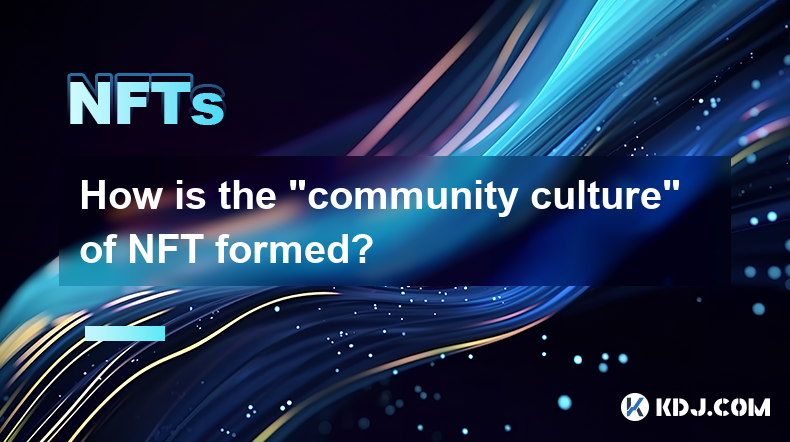
How is the “community culture” of NFT formed?
Apr 03,2025 at 11:07am
The formation of the 'community culture' within the NFT (Non-Fungible Token) space is a fascinating and multi-faceted process. It involves various elements such as shared interests, active engagement, and the creation of a sense of belonging among members. NFT communities often revolve around specific projects or artists, fostering a unique environment ...

How do smart contracts in the NFT secondary market work?
Apr 03,2025 at 07:14am
Smart contracts play a pivotal role in the NFT secondary market, facilitating seamless transactions and enforcing predefined rules. These self-executing contracts with the terms of the agreement directly written into code are stored on the blockchain. In the context of NFTs, smart contracts automate the buying, selling, and transferring of digital asset...

How can the NFT secondary market prevent fraud and money laundering?
Apr 03,2025 at 08:35am
The NFT secondary market has become a thriving hub for digital art and collectibles, but it also faces challenges in preventing fraud and money laundering. To tackle these issues, the market can implement various strategies and technologies to ensure a safer and more transparent trading environment. This article will explore how the NFT secondary market...

How are transaction fees in the NFT secondary market calculated?
Apr 04,2025 at 05:28am
The calculation of transaction fees in the NFT secondary market is a crucial aspect that both buyers and sellers need to understand. These fees can significantly impact the overall cost of transactions and the profits that sellers can make. In this article, we will delve into the various components that make up these fees, how they are calculated, and w...

Why do the prices of some NFTs skyrocket in the secondary market?
Apr 06,2025 at 07:08am
The phenomenon of NFT prices skyrocketing in the secondary market is a fascinating aspect of the cryptocurrency and digital art world. Non-Fungible Tokens (NFTs) have taken the digital world by storm, and their value can surge dramatically after initial sales. Several factors contribute to this price surge, including rarity, demand, speculation, and the...

Why are the prices in the NFT secondary market fluctuating so dramatically?
Apr 03,2025 at 10:35pm
The NFT secondary market has been experiencing dramatic price fluctuations, leaving many in the cryptocurrency community puzzled and curious. To understand this phenomenon, it's essential to delve into the factors driving these price movements. From the impact of market sentiment and celebrity endorsements to the role of speculation and the unique natur...

How is the “community culture” of NFT formed?
Apr 03,2025 at 11:07am
The formation of the 'community culture' within the NFT (Non-Fungible Token) space is a fascinating and multi-faceted process. It involves various elements such as shared interests, active engagement, and the creation of a sense of belonging among members. NFT communities often revolve around specific projects or artists, fostering a unique environment ...
See all articles





















































































